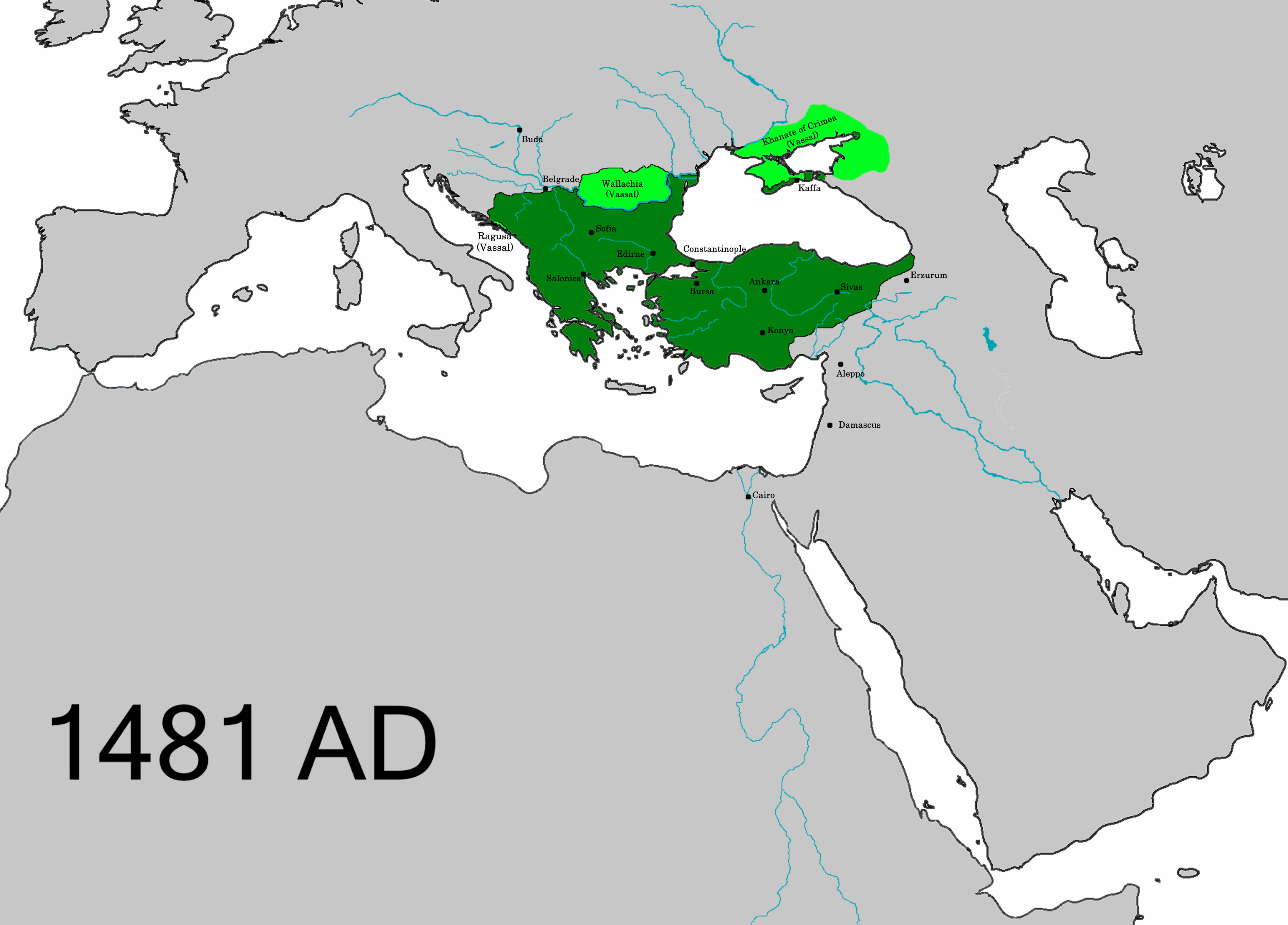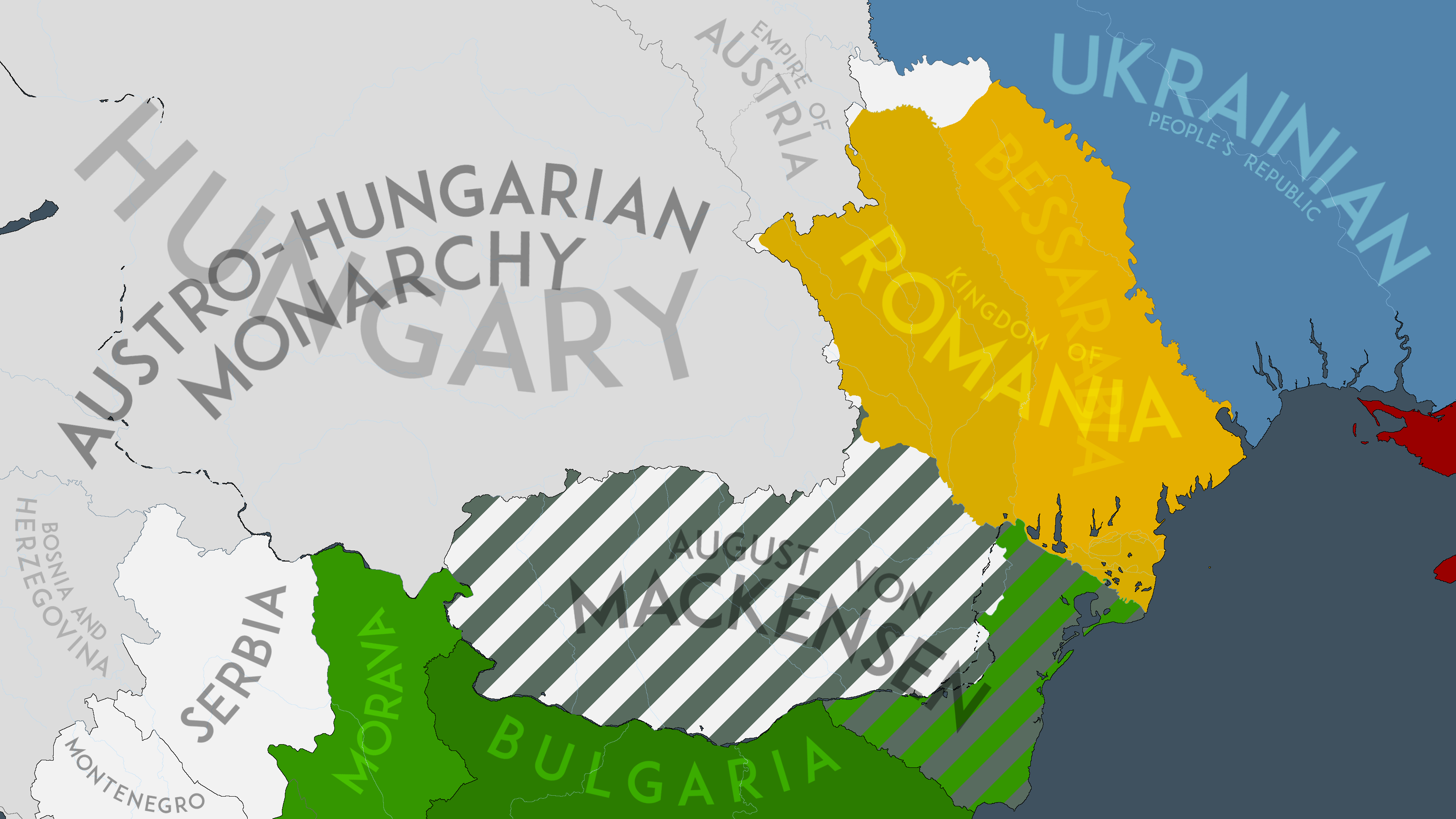|
Fălești District
Fălești () is a district () in the north of Moldova, with the administrative center at Fălești. As of 1 January 2011, its population was 92,600. It borders the Western Moldavia region of Romania. History District towns, with the earliest historical attestation are Fălești, Scumpia, Călugăr, Horești first attested in the period 1429–1437. Especially in the fifteenth to seventeenth centuries, this region developed economically (trade) and culturally, as there was a significant increase in population. In the 18th century, as a result of the constant wars waged by the Principality of Moldavia and the Ottoman Empire, and later more frequent interventions of the Russian army, the region was in decline. In 1812, following the Treaty of Bucharest, the Russian Empire occupied Bessarabia at the expense of the Principality of Moldavia. During this period, czarist government policy was one of Russification of the native population, with many Ukrainians and Russians arriving, ... [...More Info...] [...Related Items...] OR: [Wikipedia] [Google] [Baidu] |
Ottoman Empire
The Ottoman Empire (), also called the Turkish Empire, was an empire, imperial realm that controlled much of Southeast Europe, West Asia, and North Africa from the 14th to early 20th centuries; it also controlled parts of southeastern Central Europe, between the early 16th and early 18th centuries. The empire emerged from a Anatolian beyliks, ''beylik'', or principality, founded in northwestern Anatolia in by the Turkoman (ethnonym), Turkoman tribal leader Osman I. His successors Ottoman wars in Europe, conquered much of Anatolia and expanded into the Balkans by the mid-14th century, transforming their petty kingdom into a transcontinental empire. The Ottomans ended the Byzantine Empire with the Fall of Constantinople, conquest of Constantinople in 1453 by Mehmed II. With its capital at History of Istanbul#Ottoman Empire, Constantinople (modern-day Istanbul) and control over a significant portion of the Mediterranean Basin, the Ottoman Empire was at the centre of interacti ... [...More Info...] [...Related Items...] OR: [Wikipedia] [Google] [Baidu] |
Moldavian Soviet Socialist Republic
The Moldavian Soviet Socialist Republic or Moldavian SSR (, mo-Cyrl, Република Советикэ Сочиалистэ Молдовеняскэ), also known as the Moldovan Soviet Socialist Republic, Moldovan SSR, Soviet Moldavia, Soviet Moldova, or simply Moldavia or Moldova, was one of the 15 republics of the Soviet Union which existed from 1940 to 1991. The republic was formed on 2 August 1940 from parts of Bessarabia, a region Soviet occupation of Bessarabia and Northern Bukovina, annexed from Romania on 28 June of that year, and parts of the Moldavian Autonomous Soviet Socialist Republic, an Autonomous Soviet Socialist Republics, autonomous Soviet republic within the Ukrainian SSR. After the Independence of Moldova, Declaration of Sovereignty on 23 June 1990, and until 23 May 1991, it was officially known as the Soviet Socialist Republic of Moldova. From 23 May 1991 until the declaration of independence on 27 August 1991, it was renamed the Republic of Moldova while ... [...More Info...] [...Related Items...] OR: [Wikipedia] [Google] [Baidu] |
Soviet Union
The Union of Soviet Socialist Republics. (USSR), commonly known as the Soviet Union, was a List of former transcontinental countries#Since 1700, transcontinental country that spanned much of Eurasia from 1922 until Dissolution of the Soviet Union, it dissolved in 1991. During its existence, it was the list of countries and dependencies by area, largest country by area, extending across Time in Russia, eleven time zones and sharing Geography of the Soviet Union#Borders and neighbors, borders with twelve countries, and the List of countries and dependencies by population, third-most populous country. An overall successor to the Russian Empire, it was nominally organized as a federal union of Republics of the Soviet Union, national republics, the largest and most populous of which was the Russian SFSR. In practice, Government of the Soviet Union, its government and Economy of the Soviet Union, economy were Soviet-type economic planning, highly centralized. As a one-party state go ... [...More Info...] [...Related Items...] OR: [Wikipedia] [Google] [Baidu] |
Soviet Occupation Of Bessarabia And Northern Bukovina
Between 28 June and 3 July 1940, the Soviet Union occupied Bessarabia and Northern Bukovina, following an ultimatum made to Romania on 26 June 1940 that threatened the use of force. Those regions, with a total area of and a population of 3,776,309 inhabitants, were incorporated into the Soviet Union. On 26 October 1940, six Romanian islands on the Chilia branch of the Danube, with an area of , were also occupied by the Soviet Army. The Soviet Union had planned to accomplish the annexation with a full-scale invasion, but the Romanian government, responding to the Soviet ultimatum delivered on 26 June, agreed to withdraw from the territories to avoid a military conflict. The use of force had been made illegal by the Conventions for the Definition of Aggression in July 1933, but from an international legal standpoint, the new status of the annexed territories was eventually based on a formal agreement through which Romania consented to the retrocession of Bessarabia and cession ... [...More Info...] [...Related Items...] OR: [Wikipedia] [Google] [Baidu] |
Molotov–Ribbentrop Pact
The Molotov–Ribbentrop Pact, officially the Treaty of Non-Aggression between Germany and the Union of Soviet Socialist Republics, and also known as the Hitler–Stalin Pact and the Nazi–Soviet Pact, was a non-aggression pact between Nazi Germany and the Soviet Union, with a secret protocol establishing Soviet and German spheres of influence across Eastern Europe. The pact was signed in Moscow on 24 August 1939 (backdated 23 August 1939) by Soviet Foreign Minister Vyacheslav Molotov and German Foreign Minister Joachim von Ribbentrop. The treaty was the culmination of negotiations around Nazi–Soviet economic relations (1934–1941)#1938–1939 deal discussions, the 1938–1939 deal discussions, after tripartite discussions between the Soviet Union, the United Kingdom and France had broken down. The Soviet-German pact committed both sides to neither aid nor ally itself with an enemy of the other for the following 10 years. Under the Secret Protocol, Second Polish Republic, ... [...More Info...] [...Related Items...] OR: [Wikipedia] [Google] [Baidu] |
Union Of Bessarabia With Romania
The union of Bessarabia with Romania was proclaimed on by Sfatul Țării, the legislative body of the Moldavian Democratic Republic. This state had the same borders of the region of Bessarabia, which was annexed by the Russian Empire following the Treaty of Bucharest (1812), Treaty of Bucharest of 1812 and organized first as an ''Oblast'' (autonomous until 1828) and later as a Bessarabia Governorate, Governorate. Under Russian rule, many of the native Tatars were expelled from parts of Bessarabia and replaced with Moldavians, Wallachians, Bulgarians, Ukrainians, Greeks, Russians, Lipovans, Cossacks, Gagauzes and other peoples, although colonization was not limited to formerly Tatar-inhabited lands. Russia also tried to integrate the region by imposing the Russian language in administration and restricting education in other languages, notably by later banning the use of Romanian in schools and print. The beginning of World War I saw an increase in national awareness among the Bes ... [...More Info...] [...Related Items...] OR: [Wikipedia] [Google] [Baidu] |
Russian Revolution (1917)
The Russian Revolution was a period of political and social change in Russia, starting in 1917. This period saw Russia abolish its monarchy and adopt a socialist form of government following two successive revolutions and a civil war. It can be seen as the precursor for other revolutions that occurred in the aftermath of World War I, such as the German Revolution of 1918–1919. The Russian Revolution was a key event of the 20th century. The Russian Revolution was inaugurated with the February Revolution in 1917, in the midst of World War I. With the German Empire inflicting defeats on the front, and increasing logistical problems causing shortages of bread and grain, the Russian Army was losing morale, with large scale mutiny looming. Officials were convinced that if Tsar Nicholas II abdicated, the unrest would subside. Nicholas stepped down, ushering in a provisional government led by the Duma (parliament). During the unrest, Soviet councils were formed by locals in ... [...More Info...] [...Related Items...] OR: [Wikipedia] [Google] [Baidu] |
Russians
Russians ( ) are an East Slavs, East Slavic ethnic group native to Eastern Europe. Their mother tongue is Russian language, Russian, the most spoken Slavic languages, Slavic language. The majority of Russians adhere to Eastern Orthodox Church, Orthodox Christianity, ever since the Middle Ages. By total numbers, they compose the largest Slavs, Slavic and Ethnic groups in Europe, European nation. Genetic studies show that Russians are closely related to Polish people, Poles, Belarusians, Ukrainians, as well as Estonians, Latvians, Lithuanians, and Finns. They were formed from East Slavic tribes, and their cultural ancestry is based in Kievan Rus'. The Russian word for the Russians is derived from the Names of Rus', Russia and Ruthenia, people of Rus' and the territory of Rus'. Russians share many historical and cultural traits with other European peoples, and especially with other East Slavic ethnic groups, specifically Belarusians and Ukrainians. The vast majority of Russians ... [...More Info...] [...Related Items...] OR: [Wikipedia] [Google] [Baidu] |
Ukrainians
Ukrainians (, ) are an East Slavs, East Slavic ethnic group native to Ukraine. Their native tongue is Ukrainian language, Ukrainian, and the majority adhere to Eastern Orthodox Church, Eastern Orthodoxy, forming the List of contemporary ethnic groups, second largest ethno-linguistic community. At around 46 million worldwide, Ukrainians are the second largest Slavs, Slavic ethnic group after Russians. Ukrainians have been Endonym and exonym, given various names by foreign rulers, which have included Polish–Lithuanian Commonwealth, the Habsburg monarchy, the Austrian Empire, and then Austria-Hungary. The East Slavic population inhabiting the territories of modern-day Ukraine were known as Ruthenians, referring to the territory of Ruthenia; the Ukrainians living under the Russian Empire were known as Little Russians, named after the territory of Little Russia. The ethnonym Ukrainian, which was associated with the Cossack Hetmanate, was adopted following the Ukrainian natio ... [...More Info...] [...Related Items...] OR: [Wikipedia] [Google] [Baidu] |
Russification
Russification (), Russianisation or Russianization, is a form of cultural assimilation in which non-Russians adopt Russian culture and Russian language either voluntarily or as a result of a deliberate state policy. Russification was at times pursued by the governments of the Russian Empire and the Soviet Union, either as a goal in itself or as a consequence of policies aimed at centralisation and modernisation. The major areas of Russification are politics and culture. In politics, an element of Russification is assigning Russian nationals to lead administrative positions in national institutions. In culture, Russification primarily amounts to the hegemony of the Russian language in official business and the strong influence of the Russian language on national idioms. The shifts in demographics in favor of the ethnic Russian population are sometimes considered a form of Russification as well. Some researchers distinguish ''Russification'', as a process of changing one's ethn ... [...More Info...] [...Related Items...] OR: [Wikipedia] [Google] [Baidu] |
Tsarist Autocracy
Tsarist autocracy (), also called Tsarism, was an autocracy, a form of absolute monarchy in the Grand Duchy of Moscow and its successor states, the Tsardom of Russia and the Russian Empire. In it, the Tsar possessed in principle authority and wealth, with more power than constitutional monarchs counterbalanced by legislative authority, as well as a more religious authority than Western monarchs. The institution originated during the time of Ivan III (1462−1505) and was limited with the introduction of constitution and national-level representative assembly ( State Duma) after the 1905 Revolution. Still, the term continued to be applied to the monarchy in Russia until the Russian Revolution of 1917 by Russian revolutionaries and afterwards, in the Soviet Union. History Ivan III (reigned 1462–1505) built upon Byzantine traditions and laid foundations for the tsarist autocracy which with some variations would govern Russia for centuries.Peter Truscott, ''Russia First: ... [...More Info...] [...Related Items...] OR: [Wikipedia] [Google] [Baidu] |






